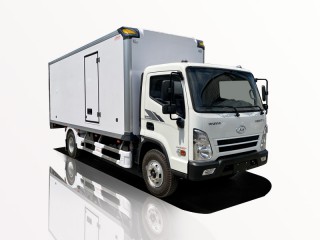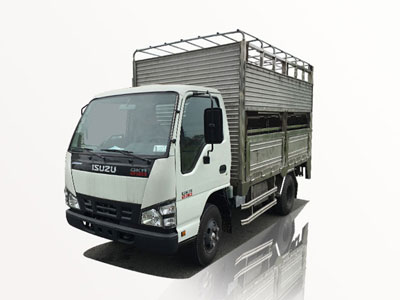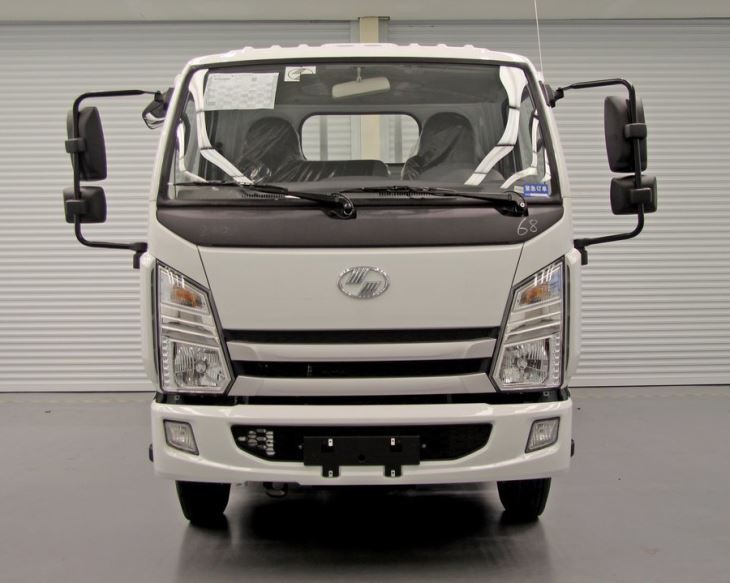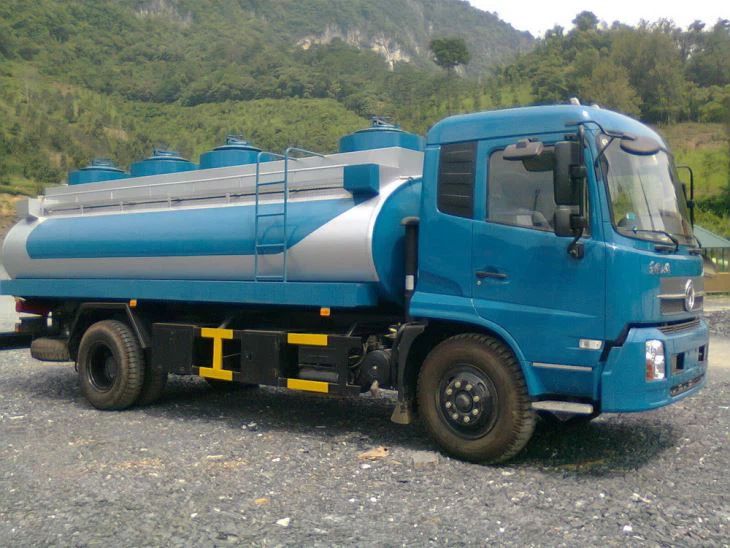Introduction
Garbage trucks are an essential part of urban infrastructure, ensuring that waste is collected and disposed of efficiently. But how much can a garbage truck hold? Understanding the capacity of different types of garbage trucks can help municipalities plan waste management strategies, inform residents about collection schedules, and optimize routes for efficiency. This article delves into various garbage truck types, their capacities, and factors influencing these measurements, providing a comprehensive overview for anyone interested in waste management.
Types of Garbage Trucks
Garbage trucks come in various shapes and sizes, each designed for specific waste types. The primary types of garbage trucks include:
Rear-Loader Garbage Trucks
Rear-loader garbage trucks are designed for collection in residential areas. Their loading area is located at the back, and they are typically the most common type of waste collection vehicle.
Capacity
These trucks usually have a capacity ranging from 20 to 30 cubic yards, depending on the model and design.
Front-Loader Garbage Trucks
Front-loaders are often used in commercial settings, such as dumpsters at restaurants and businesses, where heavy or bulk waste is generated.
Capacity
Front-loader garbage trucks can hold between 20 to 40 cubic yards of waste, making them suitable for larger collections.
Side-Loader Garbage Trucks
Side-loaders have a special mechanism that allows waste to be collected from the side. These trucks are ideal for neighborhoods where space is limited.
Capacity
Typically, side-loaders can hold about 20 to 30 cubic yards of waste.
Compactor Trucks
These trucks use a compacting mechanism to compress waste, allowing them to carry more in a single trip.
Capacity
Compactor trucks can vary in size but generally hold between 15 to 25 cubic yards of compacted waste.
Understanding Garbage Truck Capacity
The capacity of a garbage truck is pivotal for efficient waste management. This section will clarify how the capacities are measured and factors involved in calculating effective load limits.
Volume vs. Weight Capacity
Garbage truck capacity is usually expressed in cubic yards, but it’s important to note that the weight a truck can carry also impacts its operational capabilities. Different types of waste have different densities, affecting how much waste in weight terms can be loaded onto a truck.
Volume Measurements
Volume measurement is straightforward: a cubic yard is defined as a cube measuring one yard on each side. Garbage trucks are designed to hold a given volume of waste, but the actual load also depends on the weight and type of material being collected.
Weight Limitations
Each garbage truck has a Gross Vehicle Weight Rating (GVWR) which dictates the maximum weight it can safely carry, often ranging between 33,000 to 80,000 pounds depending on the truck’s design. This factor is critical, as exceeding this weight can lead to mechanical failures and safety issues.
Factors Influencing Capacity
Several factors can influence how much waste a garbage truck can hold:
Type of Waste
The nature of the waste—whether it’s heavy, bulky, or liquid—can impact how much can feasibly be loaded into the truck.
Density of Waste
Heavier materials, such as construction debris, reduce volume capacity. Conversely, lightweight materials allow for greater volume collection, even if they weigh less.
Truck Design
Different designs and configurations affect capacity. The type of compressor, the layout of the loading area, and even lift mechanisms can all play a role.
Practical Examples of Garbage Truck Capacity
Understanding how different garbage truck capacities translate into real-world scenarios can provide insight into waste management efficiency.
Residential Waste Collection
For a typical neighborhood with single-family homes, a rear-loader truck with a capacity of 30 cubic yards will collect effectively. For example, if each household produces about 4 cubic yards of waste bi-weekly, a single truck could manage waste from approximately 7-8 homes simultaneously.
Commercial Waste Collection
In a commercial setting, a front-loader truck with a 40 cubic-yard capacity can handle larger volumes efficiently. If a restaurant generates 3 cubic yards of waste weekly, a single truck could service multiple establishments in one trip.
Construction Sites
Construction debris can be heavy and bulky, often using specialized compactor trucks. A truck with a carrying capacity of 25 cubic yards may handle concrete and other heavy materials efficiently in one trip.
Tips for Efficient Waste Management
To maximize the efficiency of garbage collection services, municipalities and residents can follow these practical tips:
Monitor Your Waste
Knowing how much waste is generated can help municipalities choose the right truck types and frequencies for collection.
Educate Residents
Informing residents about what can and cannot be recycled or collected can reduce contamination and streamline waste management.
Schedule Regular Collections
Regular pick-up schedules based on waste generation statistics can prevent overflow and help maintain cleanliness in neighborhoods.
Optimize Routes
Route optimization software can help garbage trucks perform more efficiently, saving time and reducing fuel consumption.
Economic Impacts of Garbage Truck Capacity
The capacity of garbage trucks can have a significant economic impact on municipalities and service providers. This section highlights several economic considerations:
Cost Efficiency
Understanding garbage truck capacities allows waste management companies to plan routes more effectively, thus reducing operational costs like fuel and labor.
Investment in Infrastructure
Investing in appropriate truck sizes can minimize service disruptions and maximize revenue by enabling the collection of larger volumes in a single trip.
Impact on Landfills
Efficient garbage collection means less waste is sent to landfills, which can delay the need for new landfill sites and reduce environmental costs associated with waste disposal.
Future Trends in Garbage Truck Capacity
The waste management industry is constantly evolving. Future trends that may influence garbage truck capacities include:
Electric Garbage Trucks
With the rise of electric vehicles, there are ongoing developments in electric garbage trucks that may offer new capacities and efficiencies.
Automated Collection Systems
Advancements in automation could change how garbage trucks operate, potentially allowing them to collect waste more effectively and increase their capacities.
Smart Technology
The integration of IoT and data analytics could optimize collection routes, improving efficiency and enabling better management of waste loads.
FAQ Section
How much can a typical garbage truck hold?
A typical garbage truck can hold between 15 to 40 cubic yards of waste, depending on the type of truck used.
What types of garbage trucks are there?
There are several types of garbage trucks, including rear-loaders, front-loaders, side-loaders, and compactor trucks, each designed for different waste collection needs.
What is the average weight limit for a garbage truck?
The average weight limit for a garbage truck can range from 33,000 to 80,000 pounds, depending on the truck’s design and regulations in specific areas.
What factors affect garbage truck capacity?
Factors affecting garbage truck capacity include the type and density of waste, truck design, and regulatory weight limitations.
How do I know what size garbage truck my neighborhood needs?
Assessing the average waste produced by households and the type of waste generated in your neighborhood can help determine the appropriate garbage truck size.
Can garbage trucks handle recycling?
Many garbage trucks are equipped to handle recycling materials. Specialized recycling trucks can also be used for more efficient collection of recyclable items.



